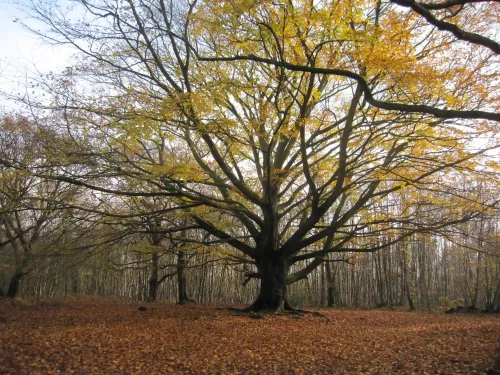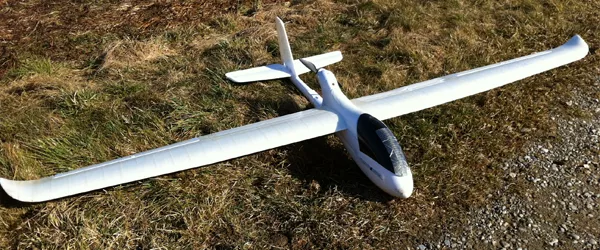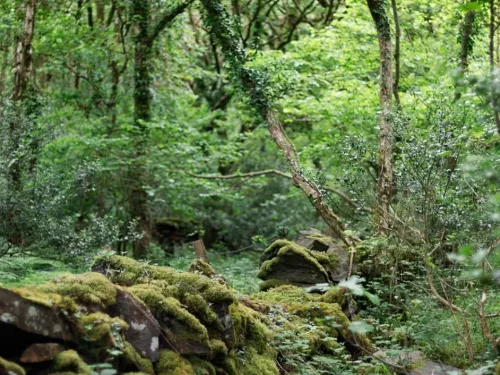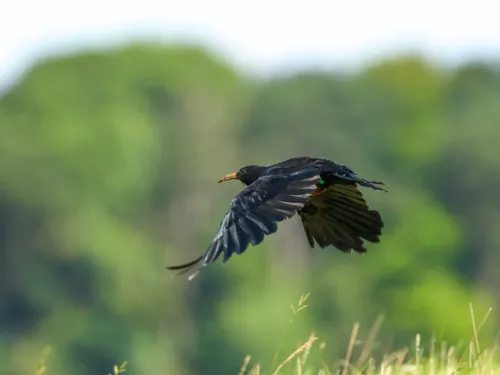
What would life be like without our woodlands?
Natasha Ruskin explores something terrifying: a world without woodlands.


In some areas of the world, conservation groups are adopting the use of drones to help them map areas of particular interest, or locate spots where animals prefer to live and breed. The organisation, Conservation Drone, has used the un-manned aircrafts to study the accuracy of the predicted numbers of orangutans in Sumatra and Borneo, the only two places on earth where the animals live outside of zoos. The study showed that less than 50,000 orangutans are living in the wild – some 250,000 less than predicted.
Here in Kent, we’re not quite at the stage of using such large drone equipment like Conservation Drone. However we are harnessing the use of technology to not only tackle wildlife crime but also to highlight and promote the natural environment throughout the county. We have an open forum where visitors can share their photographs from our reserves, our digital media platforms (Facebook, Twitter and Instagram) reaches out to around 700,000 users and our website, which is a hub of information and news for avid conservationists in Kent.
We’ve also worked with local authorities, emergency services and other wildlife organisation to create a smart phone app to help tackle wildlife crime across Kent. We spend thousands of pounds each year dealing with vandalism, fly-tipping, illegal off road vehicles and anti-social behaviour, and often rural crime goes unreported.
The app can be downloaded onto a smart phone called 'Country Eye' and is used to send photographs and locations to the relevant authorities and helps to build crime intelligence of issues around the county.
We have also started a programme of installing iPads in our visitor centres across Kent. The first has been installed in our Romney Marsh visitor centre. They allow visitors to find out more about the wildlife that is around them, find out about the history of the site as well as joining and donating to the Trust. As we roll them out across our network of visitor centres we will continue to develop this tool. We are always delighted to receive ideas on what kind of information you would like to have at your fingertips – do let us know.
So for now – if you are visiting our reserves the chances of you seeing a warden using a drone is unlikely. However, give us time, technology moves fast and we’ll be doing what we can to adopt new techniques to protect Kent’s greatest asset – its wildlife.

Natasha Ruskin explores something terrifying: a world without woodlands.

This guest blog from Flora Hastings, Nature Immersion Workshop Leader, explores outdoors, immersive workshops that use the body and conversation to unravel the connections we have to the environment around us.

If you're a wildlife enthusiast that wants to get started with photographing what you see, it's important to get the basics down so you can make the most of those precious trips. Kent Wildlife Trust's Content Creator, Tim Horton, talks through his…